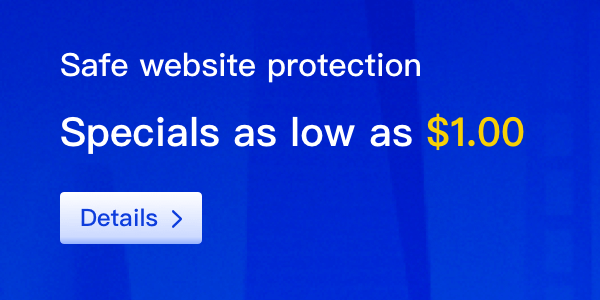The WHOIS database is a valuable resource for obtaining information about domain names and their registrants. Whether you are a domain investor, cybersecurity professional, or simply curious about a website's ownership details, understanding how to perform a WHOIS query is essential. In this guide, we will walk you through the process of conducting a WHOIS query and interpreting the results.

What is WHOIS?
WHOIS (pronounced as "who is") is a protocol used to query databases that store information about registered domain names. It provides details such as the domain owner's contact information, registration and expiration dates, name servers, and more. By performing a WHOIS query, you can uncover crucial information about a domain's history and ownership.
How to Perform a WHOIS Query
To perform a WHOIS query, you can use various online tools or command-line utilities. One of the most popular web-based WHOIS search platforms is ICANN's official WHOIS lookup tool. Simply enter the domain name you want to investigate, and the tool will fetch and display the relevant information from the WHOIS database.
Alternatively, if you prefer using the command line, you can utilize the WHOIS command available in most operating systems. Open your terminal or command prompt, type whois, followed by the domain name, and hit enter. The command will send a request to the WHOIS server and retrieve the registration details for the specified domain.
Interpreting the WHOIS Results
Once you obtain the WHOIS results, you will notice several key pieces of information. The most important one is the registrant's contact details, including their name, organization (if applicable), email address, phone number, and address. These details can help you identify the domain's owner and potentially reach out to them if needed.
Additionally, the WHOIS results will provide information about the domain's registration and expiration dates. This allows you to determine the domain's age and how long it has until renewal. It's worth noting that expired domains may become available for purchase, making WHOIS queries valuable for domain investors looking to acquire valuable assets.
Furthermore, the WHOIS results may include technical details such as the domain's name servers, which are responsible for translating the domain name into its corresponding IP address. Understanding the name servers associated with a domain can be useful for troubleshooting DNS-related issues or making changes to the domain's DNS settings.
Privacy and WHOIS
In some cases, domain owners may choose to protect their personal information by opting for WHOIS privacy services. These services replace the registrant's contact details with generic information provided by the privacy service provider. While this helps protect the registrant's privacy, it can make it more challenging to identify the actual owner of a domain.
Conclusion
Performing a WHOIS query is a fundamental step in understanding the background of a domain name and its ownership details. By utilizing online tools or command-line utilities, you can access valuable information about a domain's registrant, registration dates, name servers, and more. Whether you are conducting research, investigating potential cybersecurity threats, or negotiating a domain sale, mastering the art of WHOIS queries is essential.






















